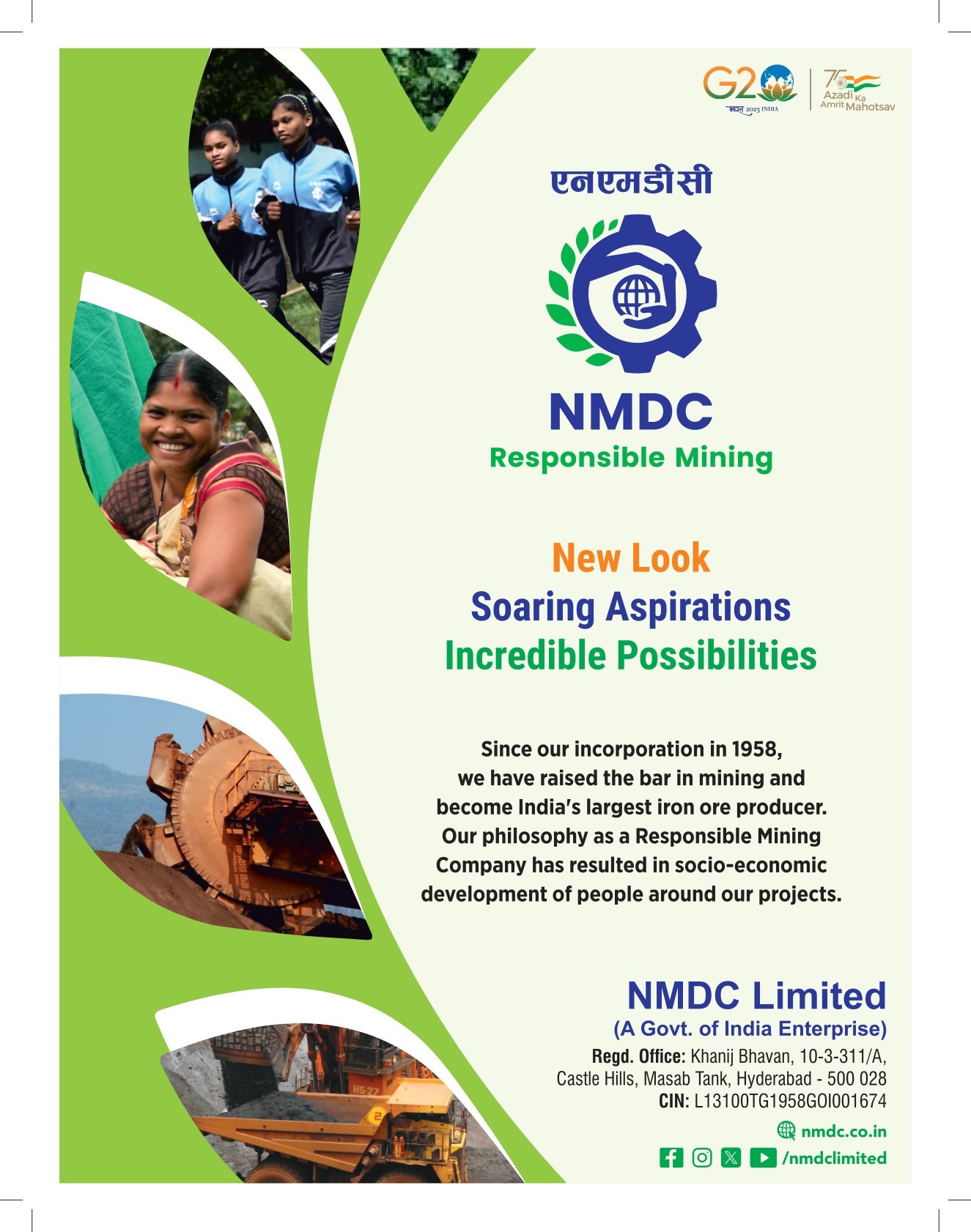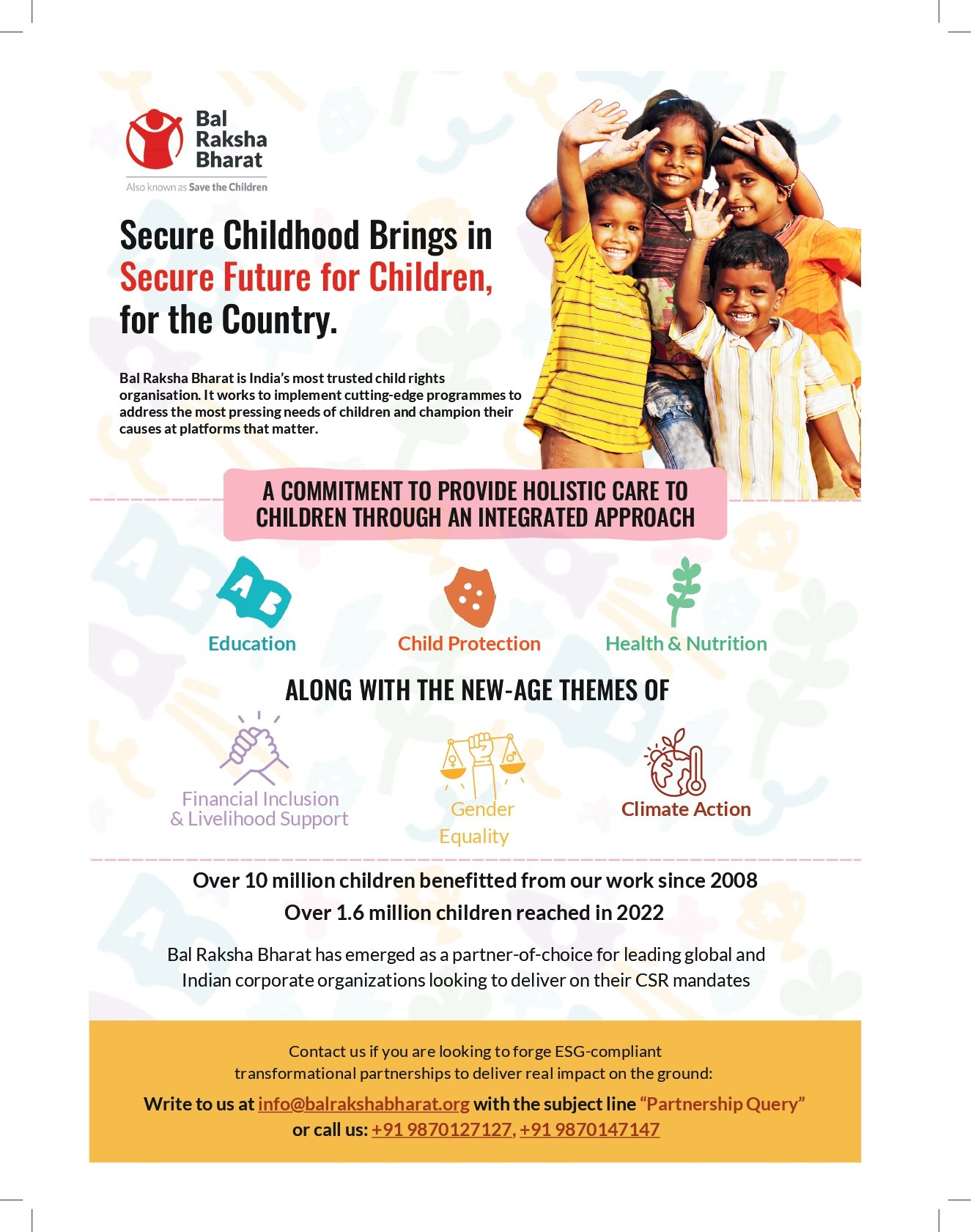
May 20, 2024: Greenpeace India unveiled a stunning ice sculpture at the Select City Mall, Saket, that gradually melted under the hot Delhi sun, sending out a strong message on the impact of heat waves across the country. The 8-foot-tall ice sculpture, depicting a woman with a child and a dog, represents some of the most marginalised communities vulnerable to heatwaves and other extreme weather phenomena. Onlookers witnessed the melting ice sculpture conveying a strong message: Act Before We Melt Away. Through this activity, Greenpeace India is demanding that the National Disaster Management Authority declare heatwaves as a notified national disaster, allowing it adequate funding and policies that can help build the resilience of the communities in the face of the crisis.
‘This sculpture has been designed keeping in mind the impact that heatwaves have on especially vulnerable groups like women and children. Some of us might be more shielded from the heat because we have access to cooling solutions. However, with the situation only worsening, even those relatively more privileged and protected are going to feel the impacts of heatwaves. The ice figures are manually sculpted and designed to melt in a manner that represents the degree of vulnerability. The smaller figures of the child and the puppy dog melted sooner, while the figure of the woman melted last. We hope that through this ice sculpture, we can make a case for heatwaves to be recognised as a national disaster’ said Siddhesh Gaikwad, Greenpeace India.

Data shows that in the period between 1992 and 2015, heatwaves have claimed the lives of 24,223 Indian citizens. Several studies, including a 2023 report by the IPCC, have projected that these climate trends will only escalate, exacerbating the frequency and duration of heat waves. Climate change-induced heat waves not only pose significant health risks but also disrupt societal structures, jeopardize safety, hamper productivity, and impede economic growth.
‘The ice sculpture of this family melting into water in Delhi’s scorching heat is a warning bell of the escalating climate crisis, driven by the fossil fuel industry. Heatwaves in the country have more than doubled in the past three decades, with 2022 alone recording over 20 events. While we are demanding effective mitigation and adaptation measures, we also need an overhaul of our energy systems that are exacerbating climate change and extreme weather events. Fossil fuel companies, particularly international oil corporations, are major contributors to this, with the top 20 companies responsible for 35% of global carbon emissions since 1965, said Amruta S.N., Climate and Energy Campaigner, Greenpeace India.

49% of India’s workforce comprises outdoor workers, and these workers face drastically heightened risks during heatwaves, as highlighted by the National Disaster Management Authority’s report. Contrary to the common assumption that men bear the brunt of heat waves due to their outdoor labour, evidence suggests that women, not only those engaging in outdoor work such as street vending, waste picking, or brick-kiln labour but also home-based workers, are equally susceptible. The HomeNet report reveals that the heat leads to an increase of over two hours per day in caregiving and household chores for women, further encroaching on their work time.
The Ice Sculpture activity is part of Greenpeace India’s Climate Justice campaign, People for Climate. Over the next few weeks, the organization Labor and its partners will be hosting a Museum of Memories with real objects that tell stories of devastation, resilience, and hope in the face of the heatwave crisis. Through these activities, Greenpeace India hopes to shed light on the urgency of the heatwave crisis and the need to declare it a national disaster, making way for stronger policies and better funding for climate mitigation and adaptation measures.



































